with Phil Yates
Through 1943, the Soviet Union has gone from victory to victory, throwing the Germans back almost to the borders of Russia in a non-stop series offensives, never giving them time to recover before the next blow falls. These successes have bought time for the Red Army to sharpen their tactics, and despite high casualties, keep formations intact long enough to retain these new skills.
The unrelenting pace of these offensives has led to a dichotomy between formations freshly rebuilt with new conscripts ready for the next offensive, and the heroic survivors that remain after each bloody battle, pushing on as they have time after time. So desperate is the need for troops that even obsolete equipment like the M3 Lee and the KV-1 are still found fighting on the flanks of the latest equipment like the T-34/85 that form the spearheads. The question is simply which of the many options will you field?
T-34 Tank Battalion
- Same organisation and equipment as Mid War, so easy to transfer across.
- Big formations with up to 25 tanks for less than 50 points.
- Extremely fast medium tanks.
- Upgrade with 85mm guns for extra anti-tank capability.
- Big units of up to ten T-34 tanks for maximum staying power.
- T-70 and Valentine light tank companies add numbers cheaply.
- Integrated SMG and mortar companies for combined arms attacks.
- Outnumber, outmanoeuvre, and outfight the enemy.
- Field twice as many tanks as the enemy.
- Use speed to unbalance the enemy and get flank shots on their tanks.
- Greater numbers give greater firepower to overwhelm the enemy.
Hero T-34 Tank Battalion
- Same organisation and equipment as Mid War, so easy to transfer across.
- Smaller units – the survivors of many battles. More skilled. A rapier rather than a sledgehammer.
- Still using the same doctrine, so still Aggressive.
- Extremely fast medium tanks..
- Upgrade with 85mm guns for extra anti-tank capability.
- T-70 and Valentine light tank companies give flexibility.
- Integrated SMG and mortar companies for combined arms attacks.
- Give the Germans a taste of their own medicine using movement orders and speed to keep them off balance.
KV-1s Guards Heavy Tank Regiment
- Same organisation and equipment as Mid War, so easy to transfer across.
- Fast tanks with heavy armour and excellent assault capabilities.
- Ideal for infantry support, clearing out enemy defensive positions and driving off enemy tanks.
Churchill Guards Heavy Tank Regiment
- Same organisation and equipment as Mid War, so easy to transfer across.
- Slow, heavily-armoured assault tanks.
- Cost effective infantry support.
M3 Lee Tank Battalion
- Same organisation and equipment as Mid War, so easy to transfer across.
- Obsolete medium tanks with thin armour and limited mobility.
- Hull and turret gun can shoot at different targets.
- Cheap and cheerful fire support for infantry attacks.
Rifle Battalion
- Similar organisation and equipment to Mid War, so easy to transfer across.
- Huge formations with up to 29 teams in a single unit.
- Unstoppable assaults with big, hard-to-pin down, easy to rally units that charge 6”/15cm to get masses of troops into combat.
- Komissars improve motivation.
- Submachine-gun units for assault firepower.
- Integrated weapons at all levels.
- Machine-guns, anti-tank rifles, mortars, and flame-throwers in each unit.
- Massed machine-guns, anti-tank rifles, heavy mortars, and anti-tank guns to soften up the enemy as you charge.
- Expect high casualties with only a 4+ save – you can’t make omelettes without breaking eggs!
- Quantity has a quality all of its own!
Hero Rifle Battalion
- Same organisation and equipment as Mid War, so easy to transfer across.
- Smaller units – the survivors of many battles. More skilled and deadly.
- Komissars still improve motivation.
- Better rate of fire as higher proportion of automatic weapons amongst survivors.
- Still using the same doctrine, so still Aggressive, but fighting smarter so 3+ save.
- Still have integrated weapons – high ratio of heavy weapons to riflemen. These are duplicated from the Rifle Battalion for ease of reference.
- Tough, aggressive troops.
Motor Rifle Battalion
- Sameorganisation and equipment as Mid War, so easy to transfer across.
- Huge formations with up to 35 teams in a single unit.
- Unstoppable assaults with big, hard-to-pin down, easy to rally units that charge 6”/15cm to get masses of troops into combat, then hit really hard with excellent assault ratings.
- Komissars improve motivation.
- Submachine-gun units for even more assault firepower.
- Integrated T-34 or light tank company for speed and firepower.
- Integrated weapons at all levels.
- Expect high casualties with only a 4+ save – you can’t make omelettes without breaking eggs!
- Quantity has a quality all of its own!
Hero Motor Rifle Battalion
- Same organisation and equipment as Mid War, so easy to transfer across.
- Smaller units – the survivors of many battles. Extremely skilled and deadly.
- Komissars still improve motivation.
- Better rate of fire as higher proportion of automatic weapons amongst survivors.
- Extremely deadly in assaults.
- Still using the same doctrine, so still Aggressive, but fighting smarter so 3+ save.
- Still have integrated tanks and weapons – high ratio of heavy weapons to riflemen.
- Really hard-bitten troops. Deadly up close and clever tactics.
Reconnaissance Company
- Same organisation and equipment as Mid War, so easy to transfer across.
- Elite infantry mounted in armoured transports.
- Integrated light tanks or armoured cars, anti-tank guns, and mortars for combined arms.
- Deadly highly-mobile shock troops.
Support
- Same organisation and equipment as Mid War, so easy to transfer across.
- SU self-propelled guns for any purpose from light to heavy. Dual-purpose weapons – ideal for blasting the enemy at point-blank range, back-up role as artillery.
- Elite, highly-skilled, tank-killers earn their triple pay – a long gun, a large salary, a short life!
- Lots of cheap artillery, light 76mm guns, powerful 122mm howitzers, and Katyusha rocket launchers for saturation fire.
- Deadly Il-2 Shturmovik armoured ground-attack aircraft armed with cannon and anti-tank bomblets!
How Do the Soviets Play?
The victories won by the Soviet Union in 1943 — Stalingrad, Kursk, Donbass, Dneiper, Smolensk, and Kiev amongst them — showed the increasing skill and power of the Red Army and threw the Germans onto the strategic defensive. As 1944 begins these hammer blows continue without respite.
A Wide Variety of Styles
However, by 1944, the Red Army was running out of people to replace casualties, so they created several tiers of formations. At the bottom of the pile were the rifle divisions who were usually desperately short of riflemen. To solve this problem, they’d conscript any adult males from the areas they liberated straight into the ranks. The result was renewed strength, but very limited skill, so they are rated Confident, Green, and Aggressive with a save of just 4+. These massive formations were quickly attrited down to the same old band of heroes who had fought their way back westward since Stalingrad. These heroes are rated Confident, Veteran, and Aggressive, reflecting their crafty tactics and brutal hand-to-hand combat skills, while retaining their aggressive tactics that put defeating the Germans above personal survival.
The tank battalions follow a similar pattern, with the tough heroes of a dozen battles rated as Confident, Trained, and Aggressive with their ‘Crafty’ tricks reflected in a better Tactics rating. When rebuilt with conscripts fresh from training, of necessity their tactics become simpler and their skill rating drops to Green, although their determination to take ‘Not One Step Back’ gives them a better Last Stand rating.
The motor rifle brigades that supported the tanks were given priority for the available manpower as they were seen to be the key to ultimate victory. With almost as many officers and NCOs as soldiers, even freshly-raised units fought with skill, so are rated as Confident, Trained, and Aggressive, although still have the speed and lowered save associated with massed tactics. Once they get battle-hardened, the heroic survivors are rated as Veteran. Like most Soviet infantry, their aggressiveness and high proportion of automatic weapons give them an improved Assault rating as they fight ‘For the Motherland’.
The Sledgehammer or the Rapier?
As you can see, there are two distinct sides to the Red Army, the units brought back up to strength or the next offensive with raw recruits doomed to a very bloody and usually very brief introduction to combat, and the battle-hardened survivors, the heroes of many battles who had seen recruits come and go many times.
These two play very differently on the table. The huge units of new recruits are a sledgehammer, swung with maximum force at the key point in the enemy line, smashing through with devastating speed and crushing strength. They will take huge casualties, so you need to be bloody minded and focus on victory above all else. You must win quickly while you have the strength to shatter your foe, or watch your forces bleed away to nothing.
The heroes of many battles still need to fight aggressively, as their strength will also bleed away quickly, but they need to use finesse rather than massed numbers. They must use their superior speed and skill to gain local superiority in numbers, firepower, and position, then cut the enemy apart.
No matter what their level of skill, Soviet troops have lots of firepower, often from larger calibre guns than their opponents, and are deadly up close. The key to victory is using speed and aggression to overwhelm a section of the opponent’s force at close range, before exploiting their success to win victory.
What to Expect in Bagration
As you’d expect, when the Bagration book arrives, it will expand on the forces in Fortress Europe with bring new equipment like the powerful IS-2 heavy tank with its 122mm gun, thick armour, and the speed of a medium tank, the ISU self-propelled versions mounting guns as big as 152mm, and the deadly SU-100 tank killer that can easily make short work of a German Tiger or Panther! The book will introduce new formations such as specialist assault troops, ideal for breaking through German defences and clearing out fortified towns and cities.
However, we won’t get to Operation Bagration and the Eastern Front for a while, so to keep Soviet players going until then, the Soviet component of Fortress Europe is pretty beefy (easily the biggest in the whole book). It’s got lots of stuff to help you build the core of your collection and start playing.

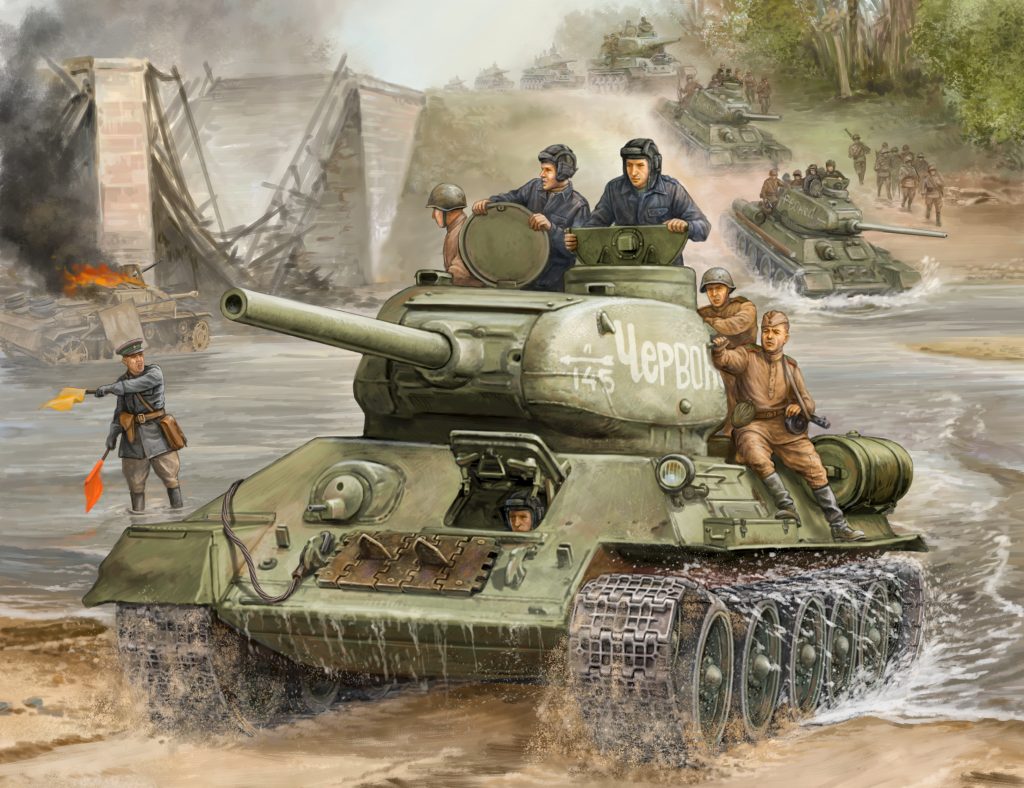
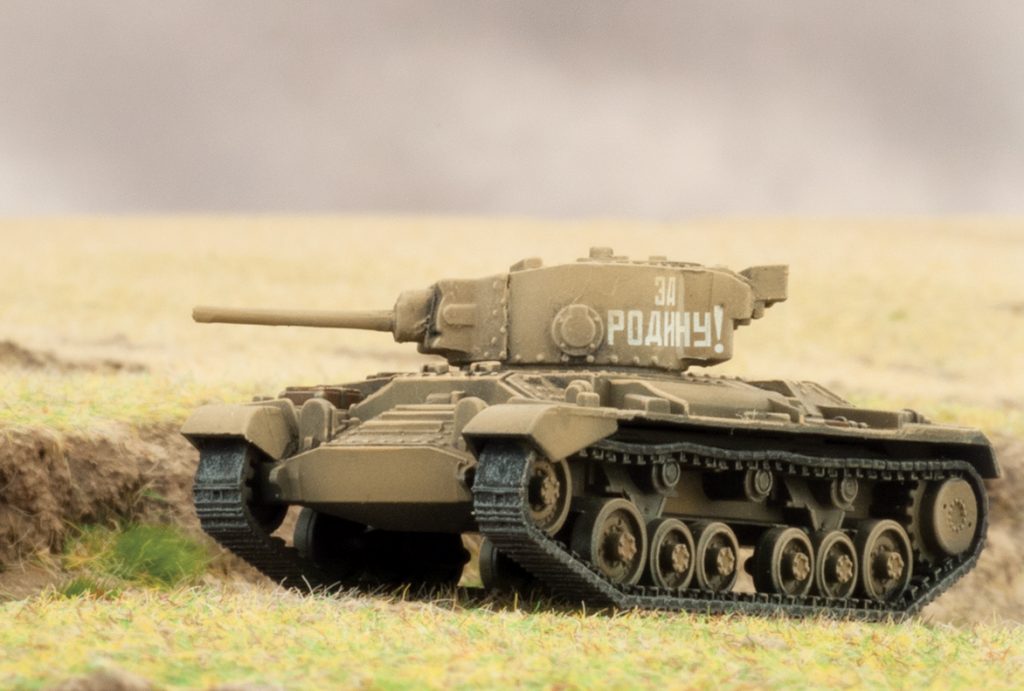
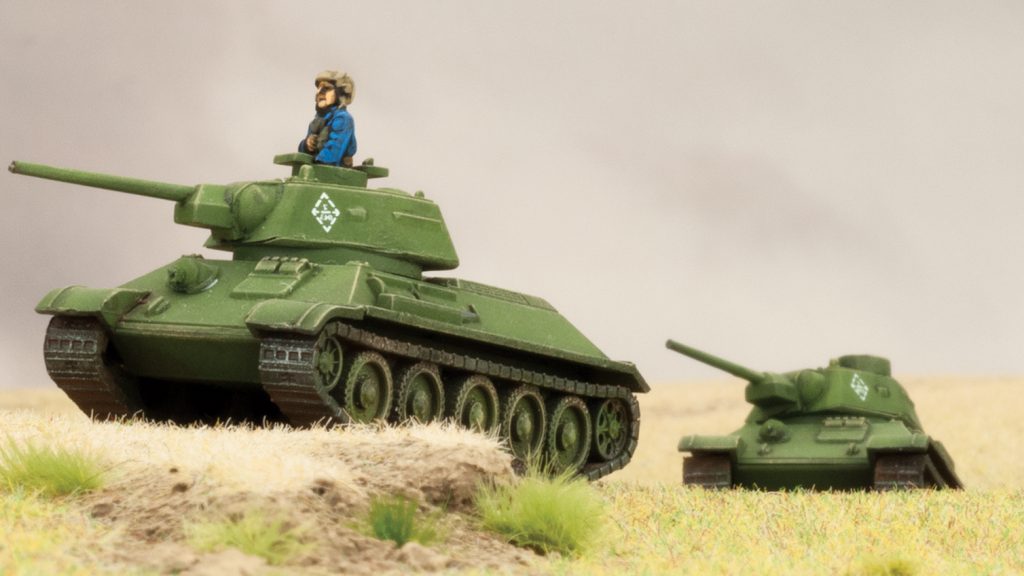
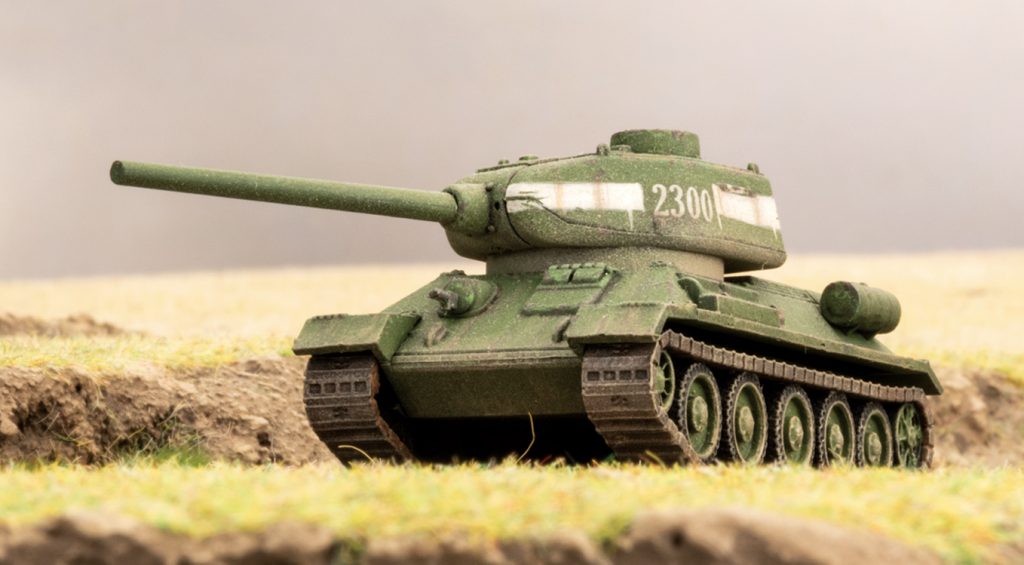
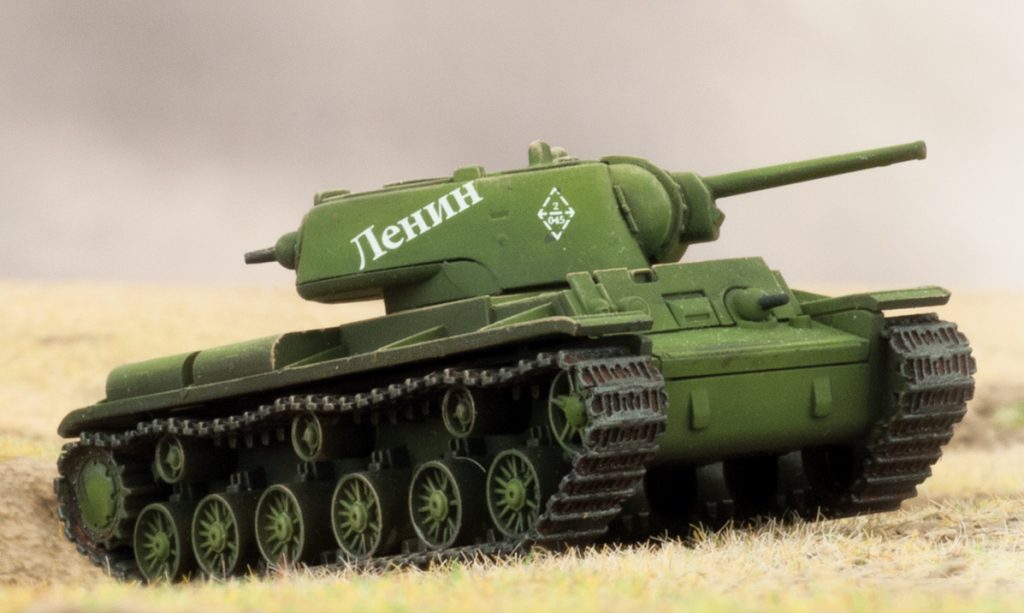
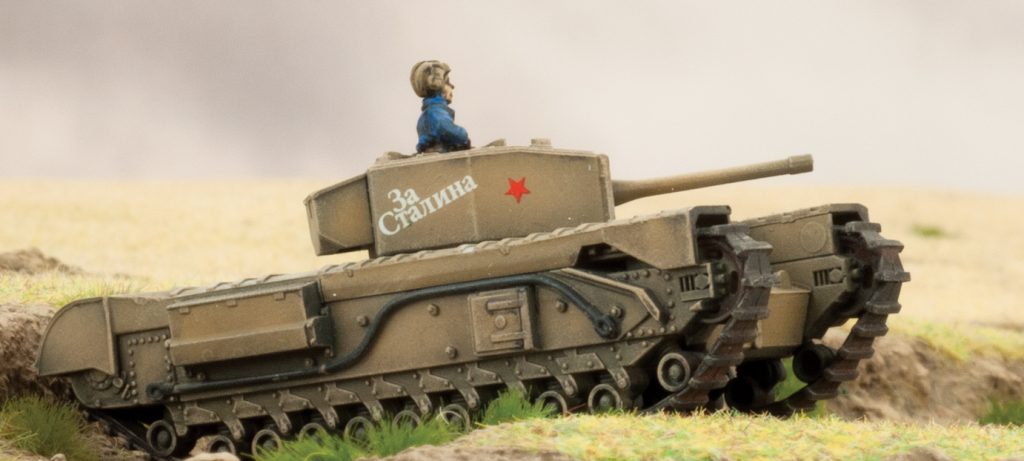

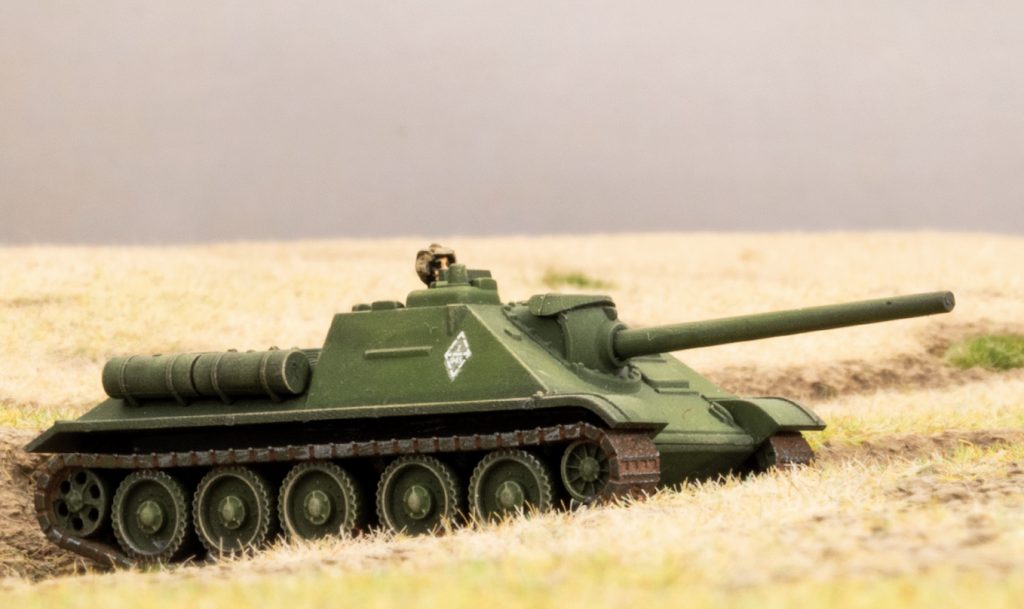

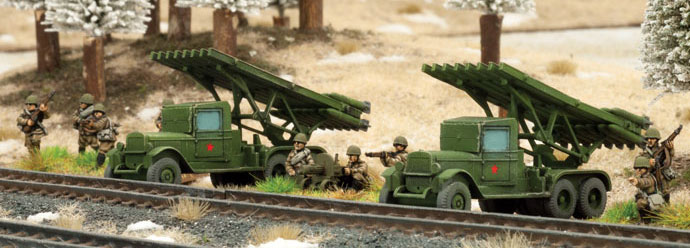

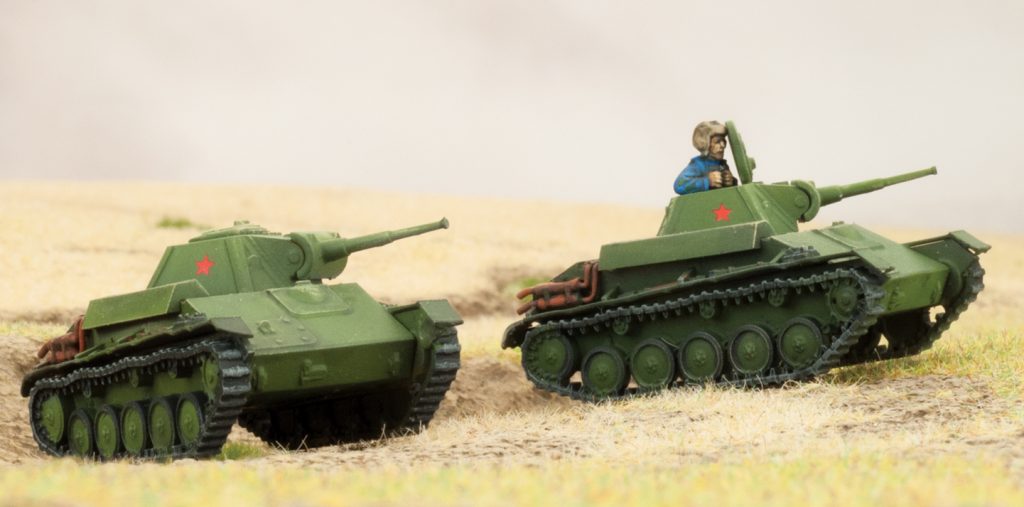
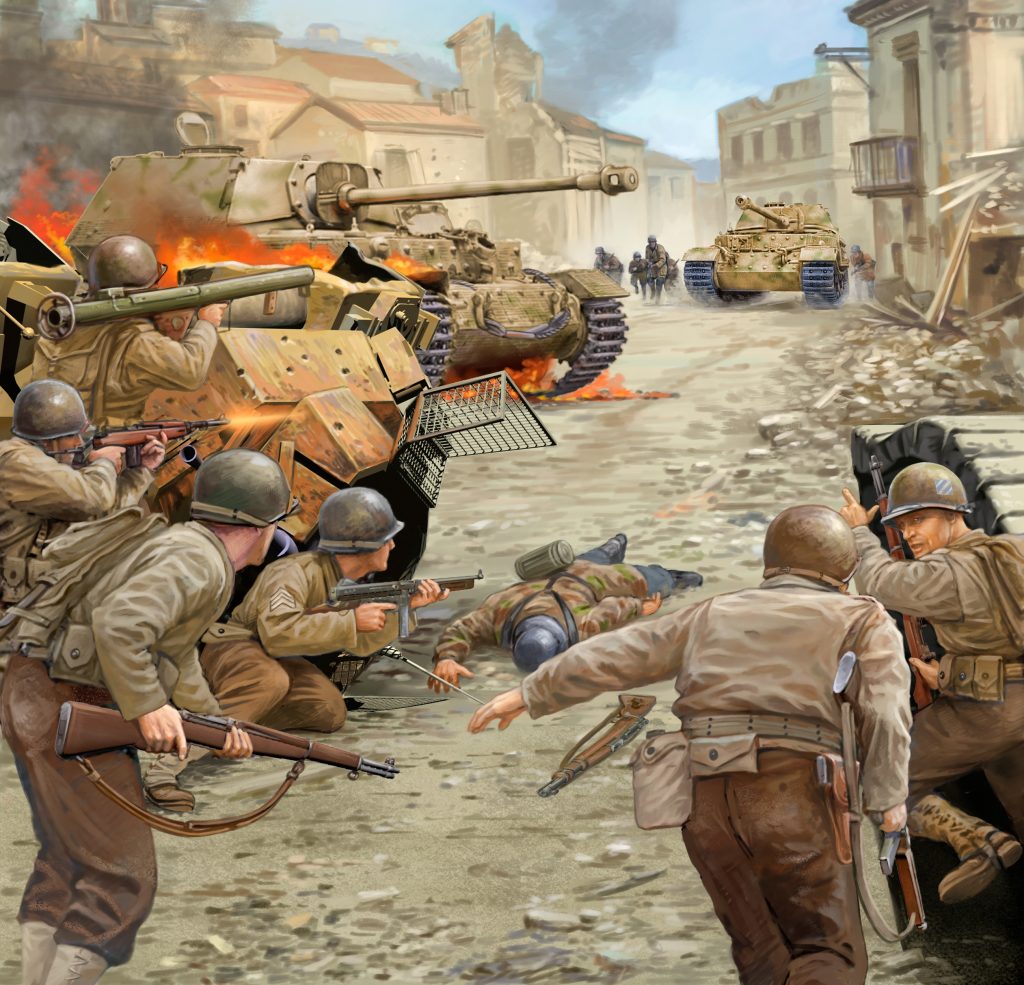
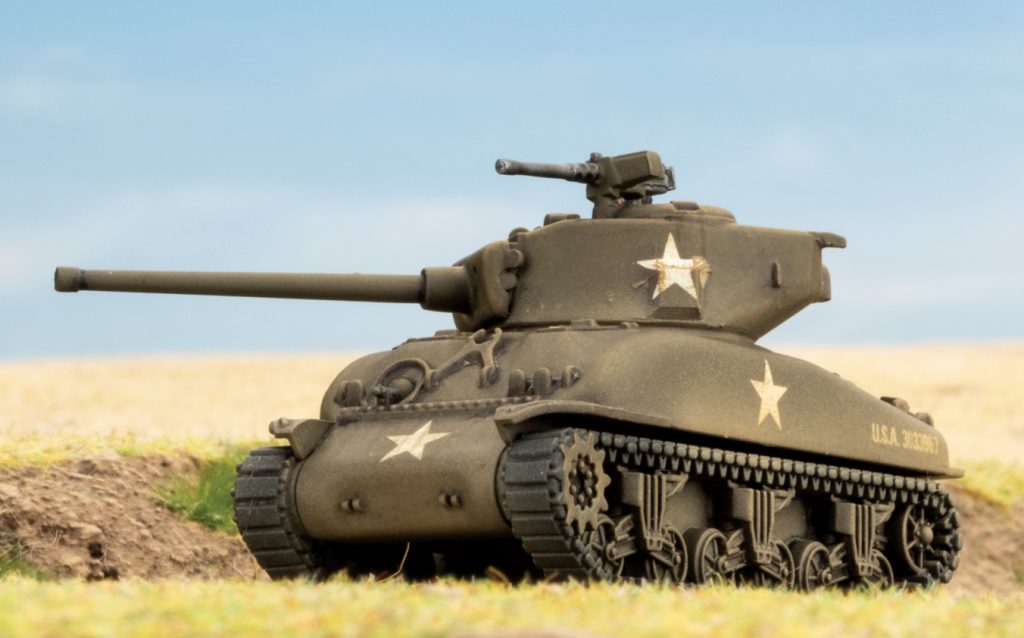
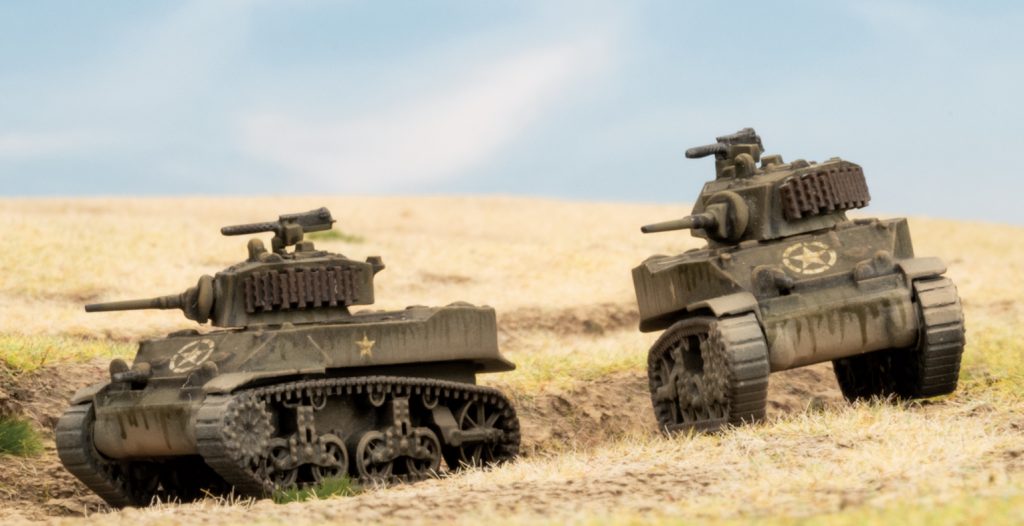
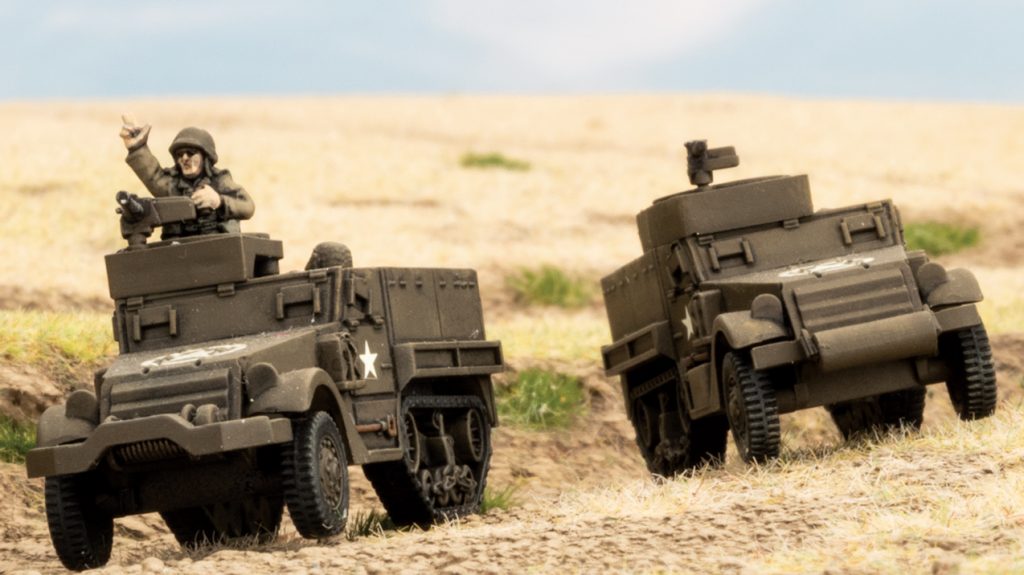
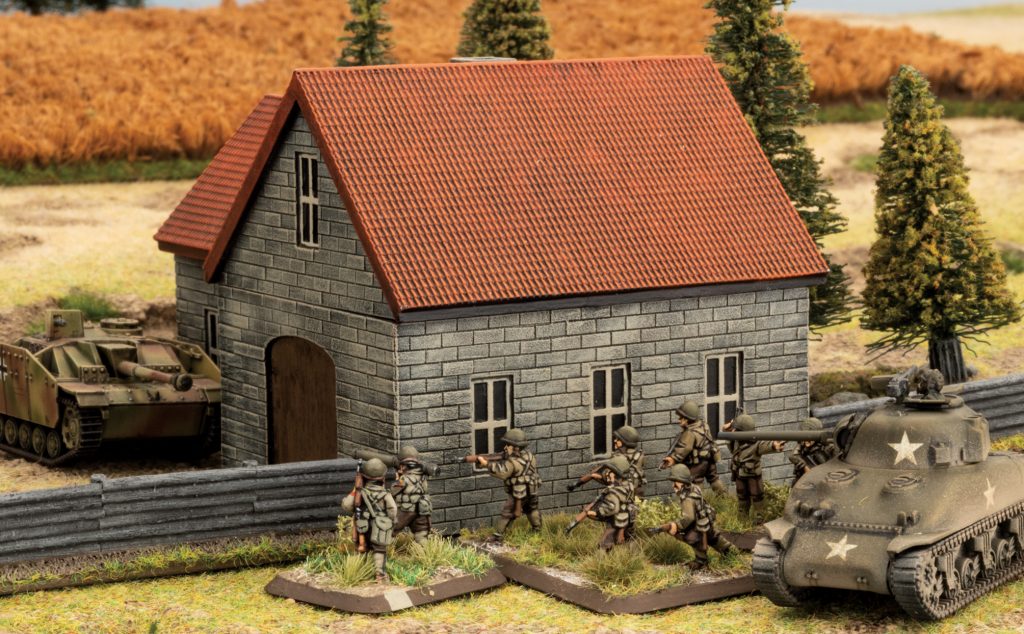

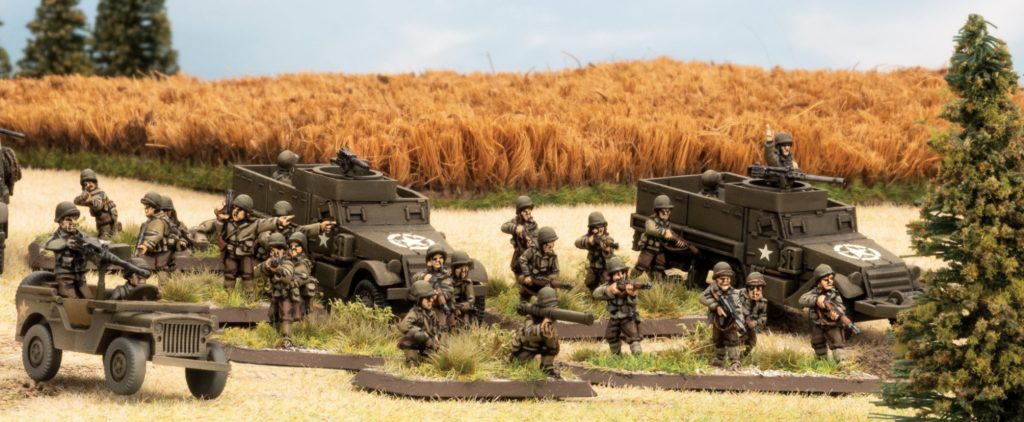
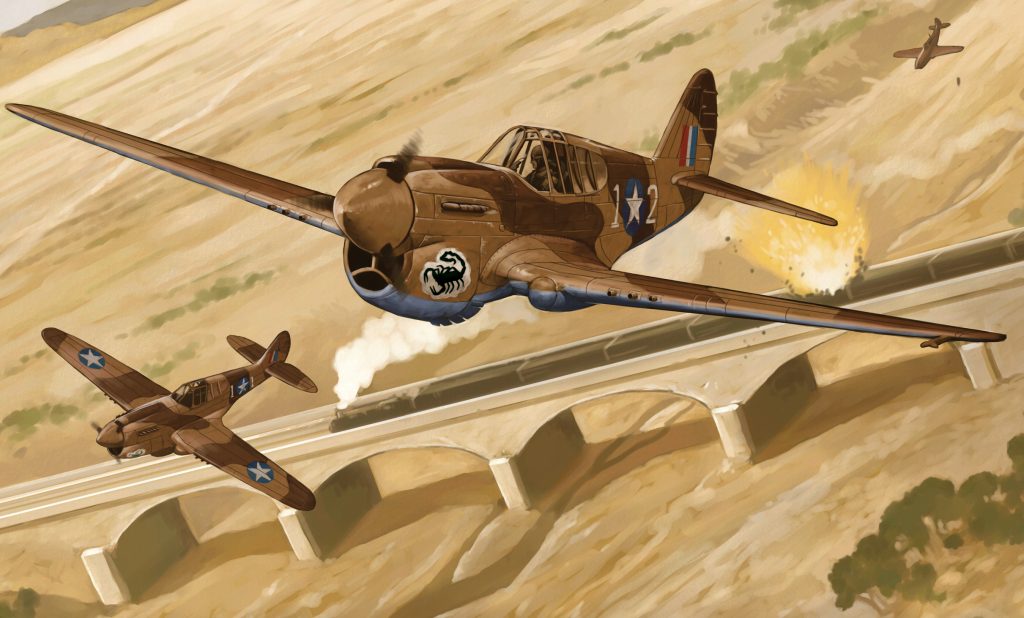

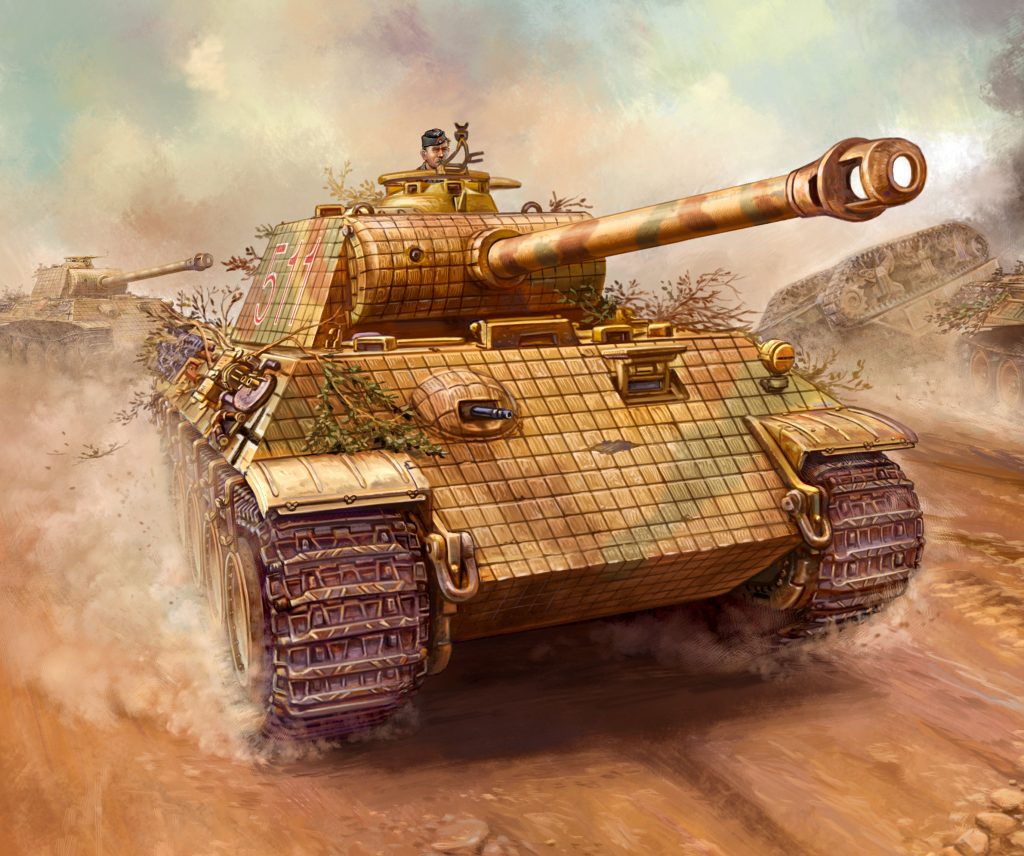
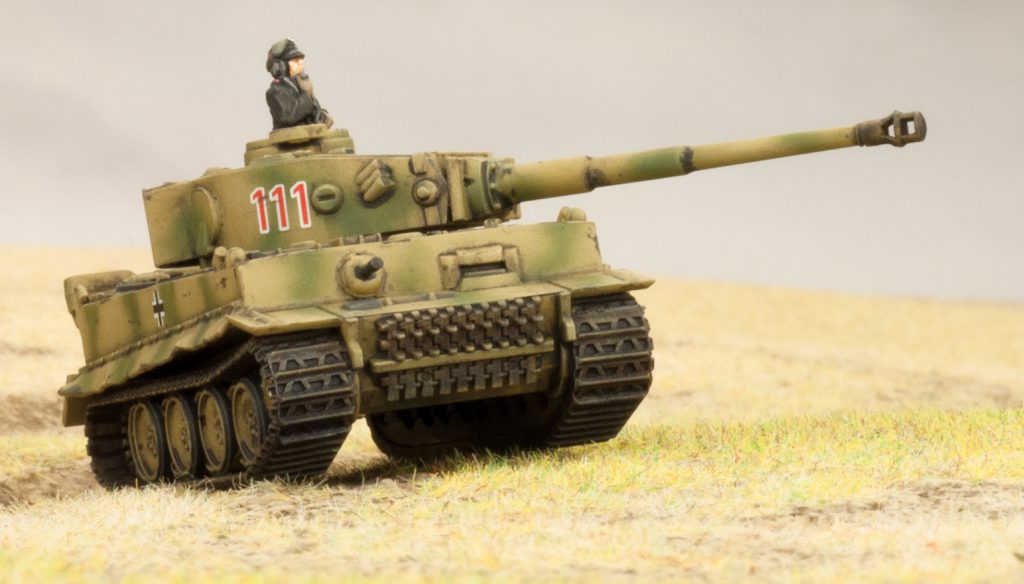
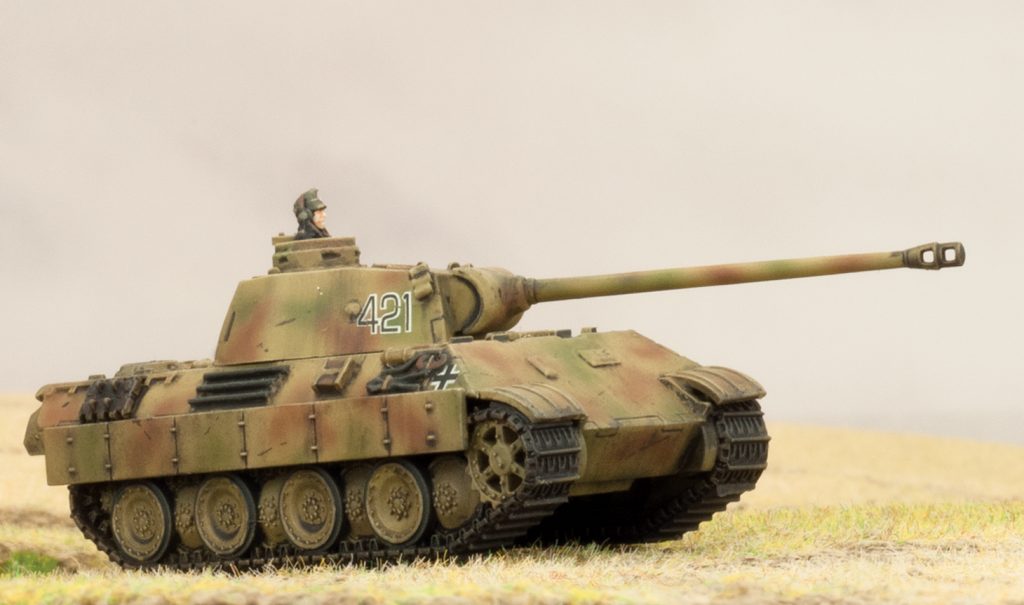
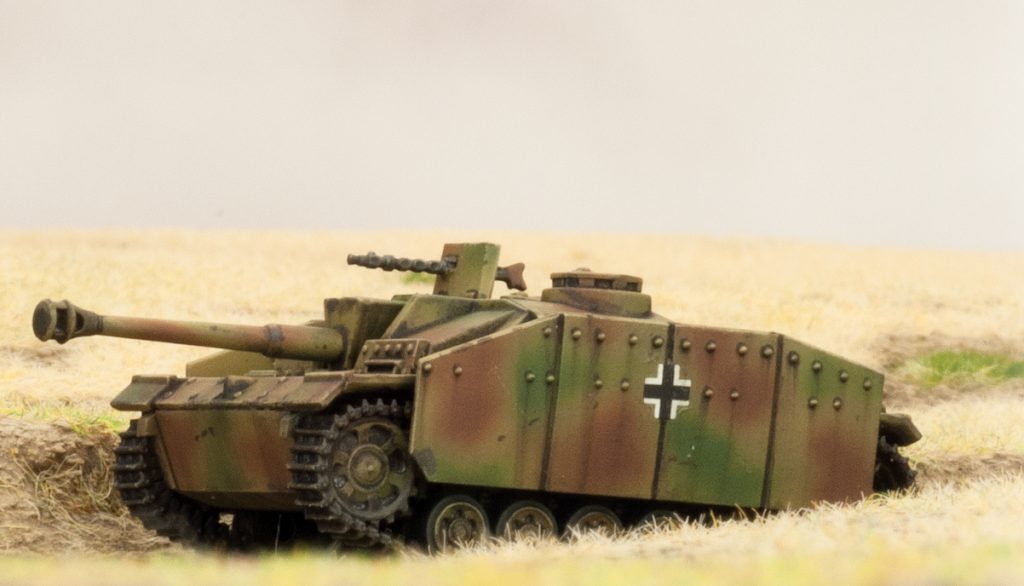
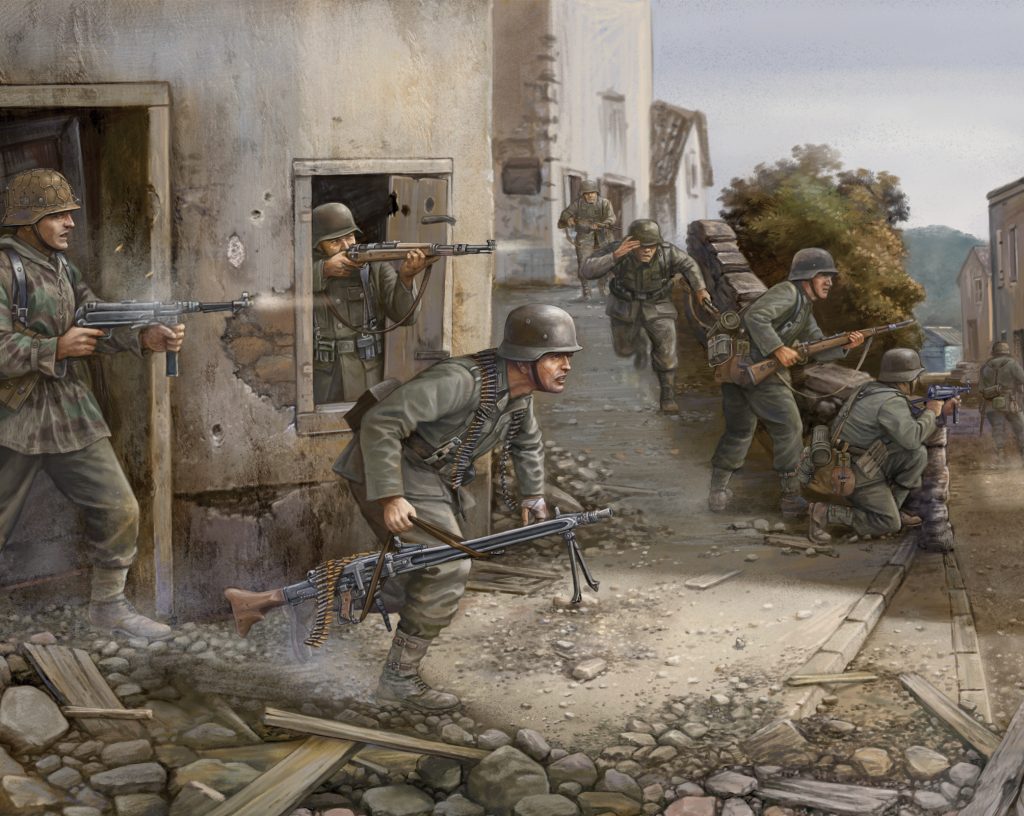 Grenadier Company
Grenadier Company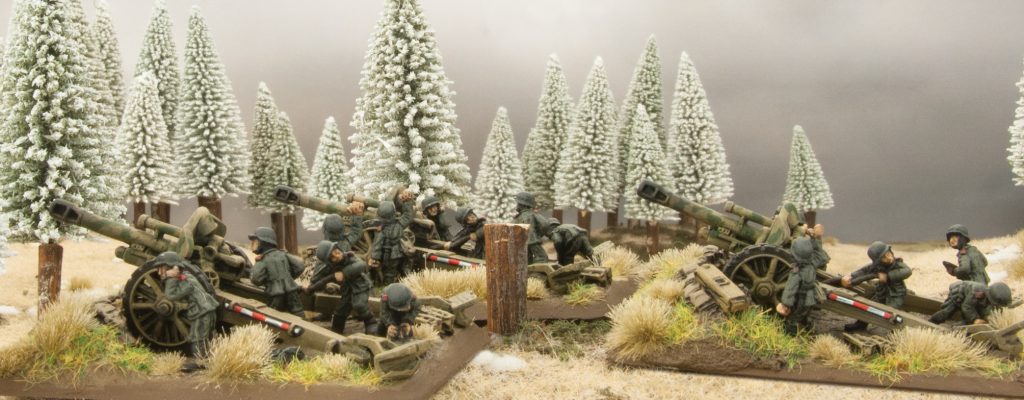

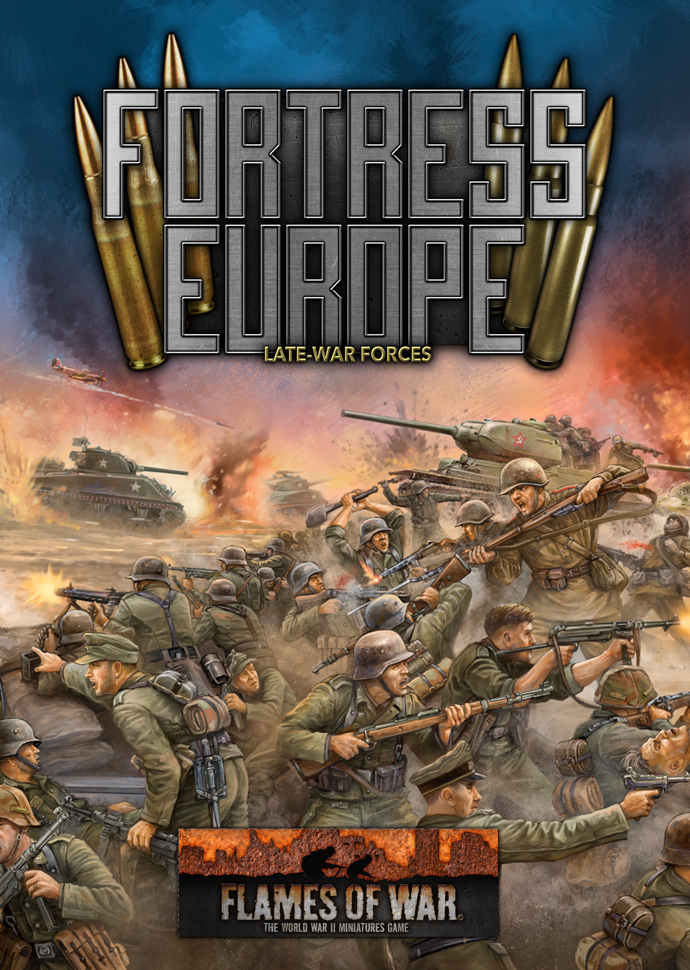
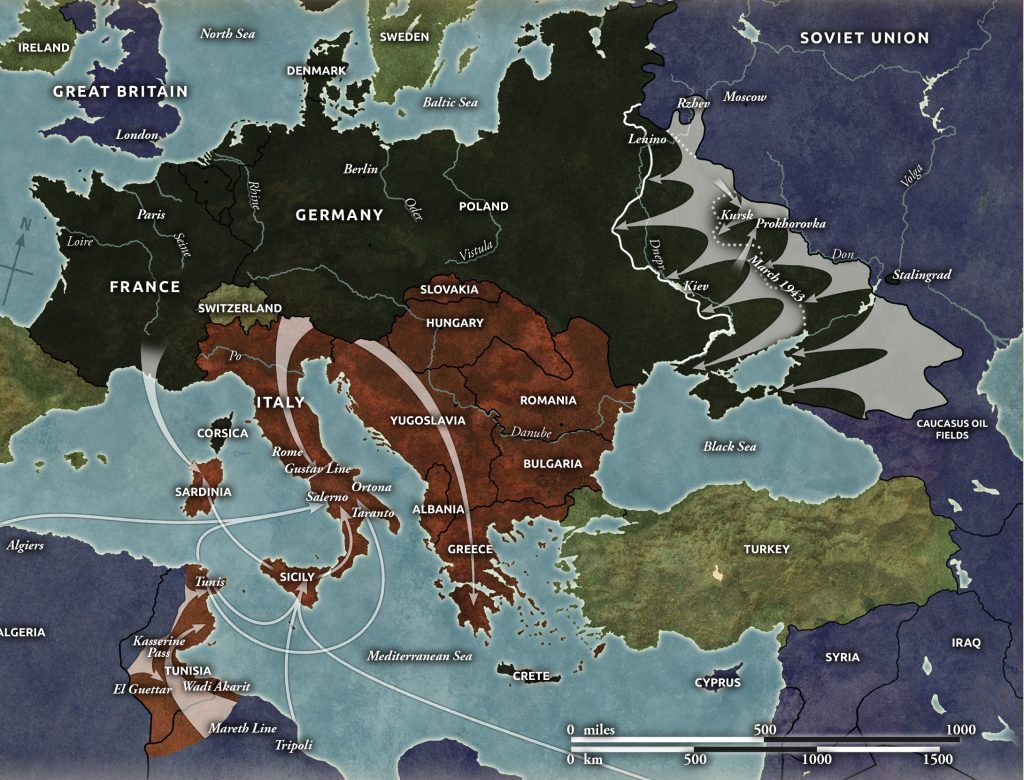

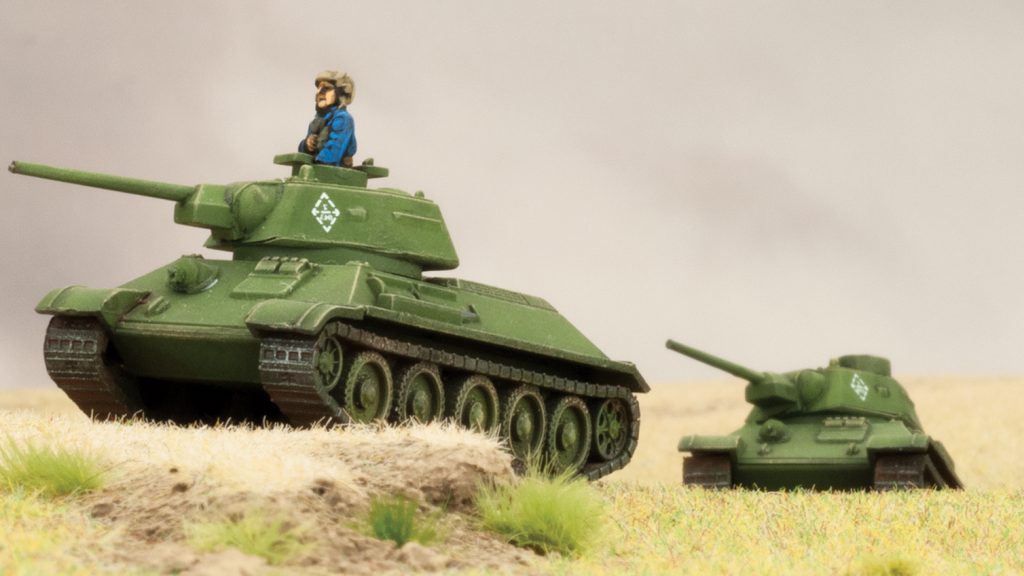

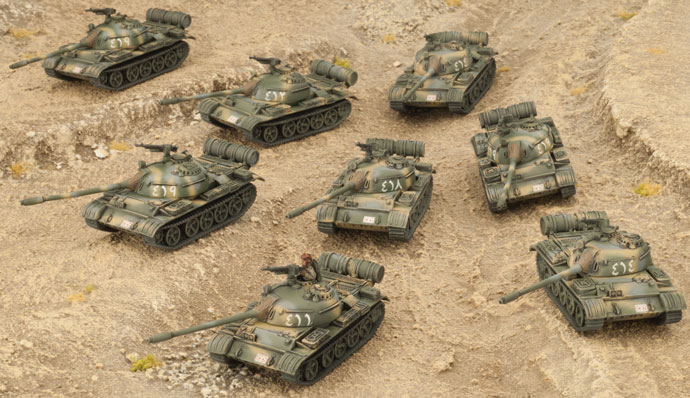 When we first started working on the original Fate Of A Nation booklet I spent a lot of time reading about Israeli actions in the Golan Heights during the 1967 and 1973 wars. Before then I knew very little about the Syrian side of these wars and I found it particularly eye opening. When we published the hardback version of Fate Of A Nation we needed a Syrian Army painted for all of the photos – I of course jumped at the opportunity because the fixed deadline meant I would get a lot of models painted in a relatively short period of time (I love a hard deadline when it comes to hobby projects).
When we first started working on the original Fate Of A Nation booklet I spent a lot of time reading about Israeli actions in the Golan Heights during the 1967 and 1973 wars. Before then I knew very little about the Syrian side of these wars and I found it particularly eye opening. When we published the hardback version of Fate Of A Nation we needed a Syrian Army painted for all of the photos – I of course jumped at the opportunity because the fixed deadline meant I would get a lot of models painted in a relatively short period of time (I love a hard deadline when it comes to hobby projects).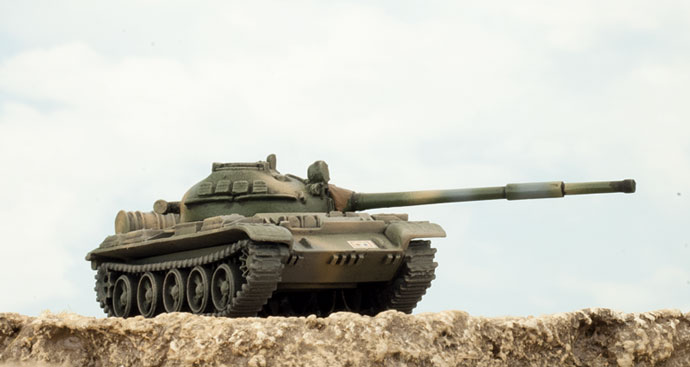
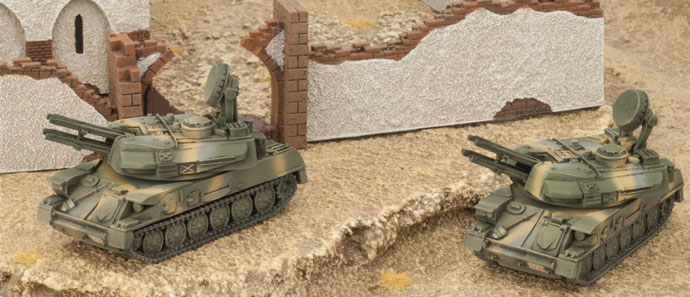
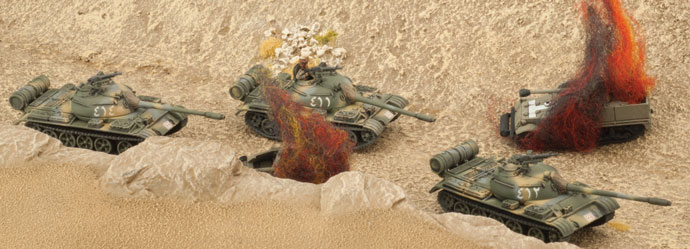
 Now as it stands my army comes in 80 points (you can see why I mentioned the idea of duplicating the T-55 Battalion to bring me up to 100 points) but I think this is a nice starting point to aim for. Right now, I have just under half of the army painted (32/73 teams) by taking my existing troops from Fate Of A Nation and rather than creating a project that is bigger than Ben-Hur I think keeping it sensible and aiming for a finished 80 points is better than a “never completed” 100 points!
Now as it stands my army comes in 80 points (you can see why I mentioned the idea of duplicating the T-55 Battalion to bring me up to 100 points) but I think this is a nice starting point to aim for. Right now, I have just under half of the army painted (32/73 teams) by taking my existing troops from Fate Of A Nation and rather than creating a project that is bigger than Ben-Hur I think keeping it sensible and aiming for a finished 80 points is better than a “never completed” 100 points!